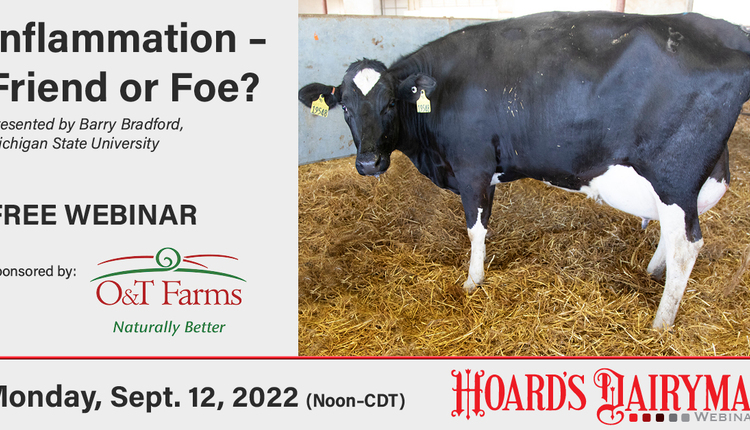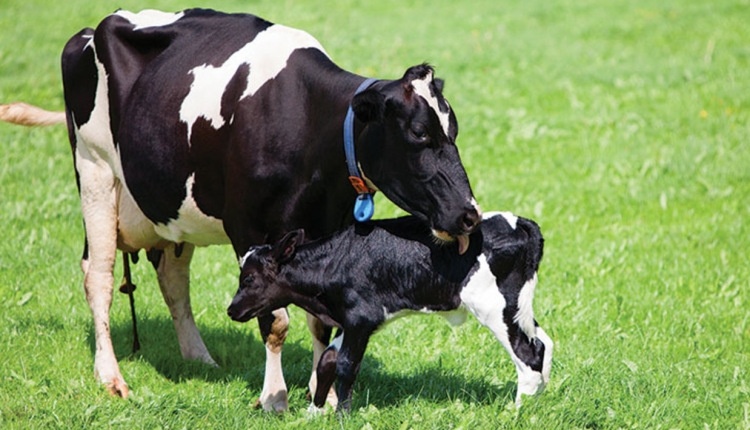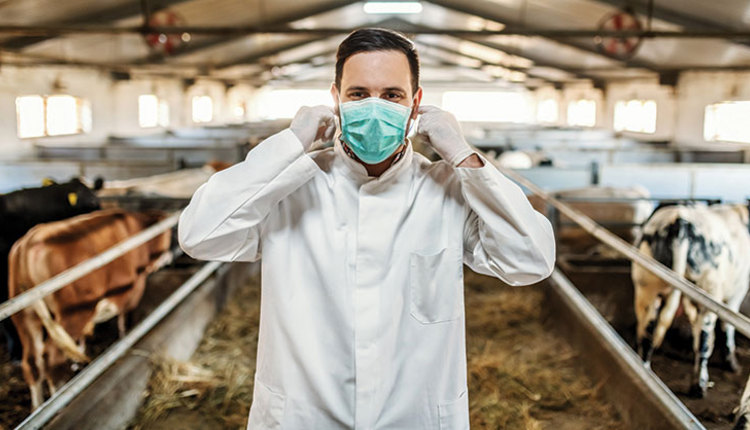
A panel of dairy farmers who milk cows on multiple sites kicked off the event and answered questions related to transitioning from single site to multiple site management and what they learned through that process. Panelists were John Douglas of Catalpadale Dairy Ltd., Brian Houin of Homestead Dairy LLC, and Lotte De Saegher-Peet of De Saegher Dairy. In addition, Tom Oesch, Annie Link, and Matt Oesch of SwissLane Farms shared their insights prior to the farm walk-through in the afternoon.
Advice for others
While each farm’s experiences were unique, some common themes emerged.
1. Permitting takes time.
The policies and processes for site permits differ dramatically across states and professional consultants will be needed to navigate the process. In many cases, it is wise to determine everything you might eventually want on a given site in the future and apply for a permit to cover those long-term plans.
Purchasing a farm with an existing permit adds substantial value, particularly when a farm is trying to expand quickly. At least one example was given where land was sold because the permitting process was too slow to align with farm goals.
Since these producers had farms in multiple states, they were able to comment that there are differences in permitting timelines across states and that the growing demand for digester projects may have slowed down permitting in some states.
2. Centralize what you can to maximize efficiency.
Two farms centralized maternity areas and heifer raising to optimize allocation of resources — both labor and facilities. Although there are added complexities and costs associated with moving fresh cows between sites, several farms found that having their best employees manage transition cows more than justified this additional hassle.
On the other hand, centralized calving does not fit every operation. It is important to continually evaluate what works and what needs adjusting. Several farms also commented on the value of having a common nutrition and veterinary service across their sites in order to have more consistent and holistic recommendations.
3. Creative solutions are needed to address labor challenges.
All the speakers alluded to the challenge of learning how to shift from direct management of farm tasks to increasingly trusting employees to execute tasks and make sound decisions. Each farm has struggled to consistently find reliable employees, and they’ve landed on a variety of solutions.
Some have explored TN visas in order to bring in specialized labor. Adopting robotic technology allowed one farm to employ different types of workers who have showed more longevity than traditional milkers. Retention of existing employees on a newly purchased dairy is a unique situation that requires clear communication and excellent follow-through on commitments.
Regardless of how labor is initially found, there is the need to out-pay other local options in order to retain employees over the long term. Additionally, several of the farms rely heavily on family members in management roles, which was highly valued but also required intentional means of communication.
4. Build up cow inventory prior to expansion.
All farms mentioned the need to accumulate enough cows to rapidly populate new facilities, even when that results in excessive stocking densities during the construction process. Producers noted that you cannot afford to have facilities less than full, and with the high costs of replacements now, this may be even more true today. Raising heifers from your own herd reduces uncertainty about their productive potential and cuts biosecurity risks.
5. Technology has a place.
Some farms have implemented activity monitors to help with the identification of sick cows or those in estrus; others utilize robotic milkers and autofeeders for calves in order to save on labor and expand the data that can be utilized. Although these technologies have helped improve uniformity of management and labor efficiency, it was noted that technology use has to align with the interests and style of the managers. Style of parlors used differed with preference and efficiency for size of the respective herds.
Why they chose to grow
The closing question from the audience was, “Why do you want to keep expanding and milk more cows?” Both John Douglas and the Oesch family indicated that expansion was a necessity to be competitive in the dairy industry and to support multiple family units.
Brian Houin pointed to the vision his father had that in order to support all of the family members who wanted to be involved in the dairy, they had to get larger. Houin also spoke of his desire to build a dairy from the ground up and be able to design a farm that would work best for them. That was a personal goal and motivation for him to grow in the 2010s. That farm included robotic milkers and additional technology that aligned with the family’s vision for how they wanted to continue to dairy farm.
Several panelists landed on the concept that approximately 1,000 cows are needed to support a family in today’s dairy business; thus, a dairy with seven families depending on it may need to scale to 7,000 cows to support all of the partners.
Lotte De Saegher-Peet’s response concluded the panel discussion. She spoke of her parents moving from Belgium to Michigan in 1999 and of her dad’s struggle in the early years to be successful in the dairy industry on a very small farm. These years of struggle continue to motivate her father and the entire family.
From her perspective, her family did not leave their family and their homeland to come to the U.S. and be mediocre. In the U.S., they expand because they can.
Overall, the program provided valuable insights from forward-thinking dairy farmers across Indiana, Michigan, and Ohio. These farmers were open about their experiences and the challenges associated with expansion as well as the necessity to grow in order to continue to be dairy farmers in the future.
For our 1,000+ Producers
Welcome to this new section in Hoard’s Dairyman, tailored specifically to you. Here we will provide content focused on the unique requirements and challenges found on operations milking more than 1,000 cows.










